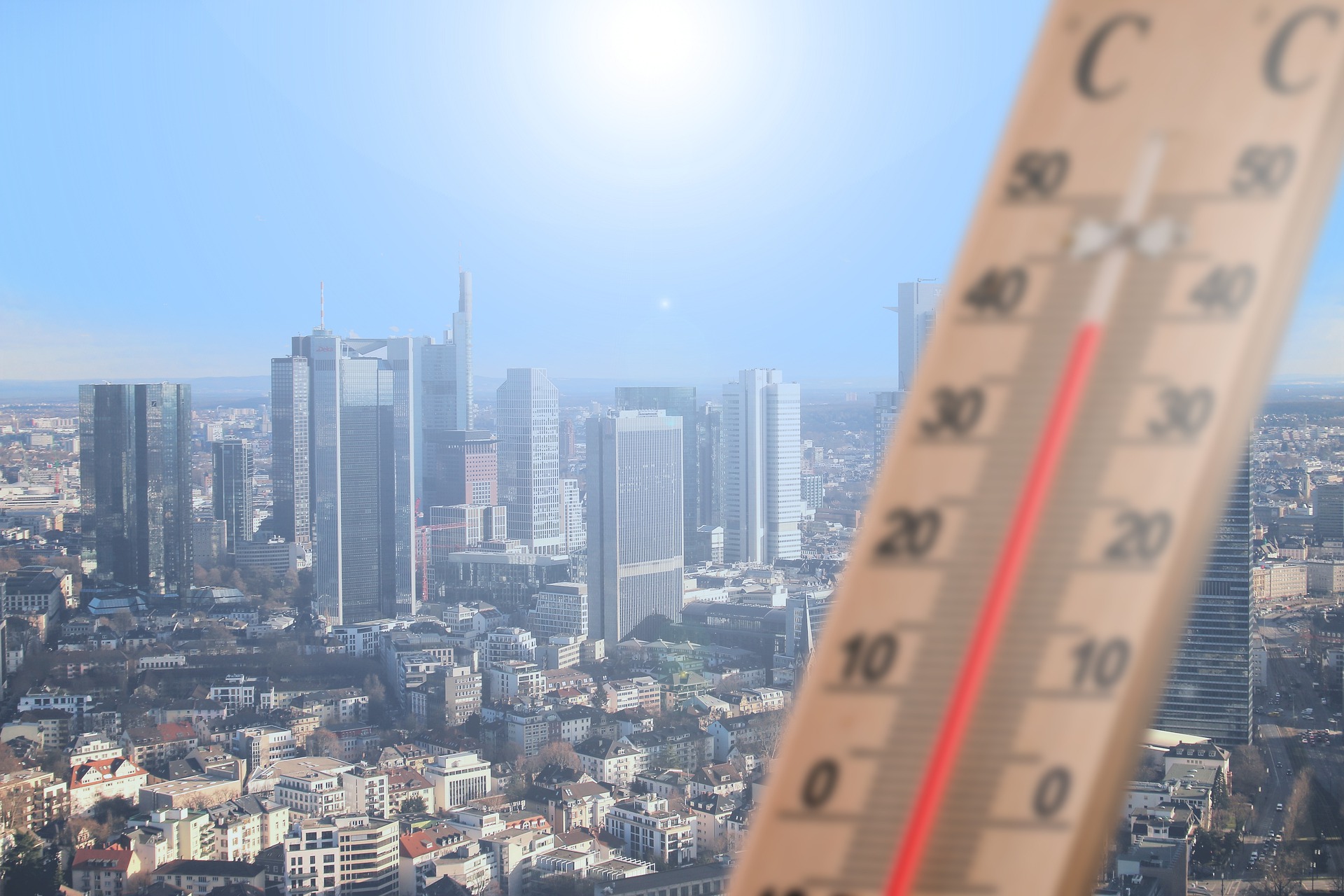News release
From:
Climate science: Projections of twenty-first century urban climate
Urban regions across the globe could warm more than 4 °C under a high-emissions climate change scenario and experience a relative humidity decrease by 2100, suggests a study published in Nature Climate Change.
Over half of the world's population lives in urban environments. Cities also tend to warm more than rural or suburban areas because built surfaces made out of concrete and asphalt absorb more heat and inhibit cooling. Incorporating these variables into climate change predictions is crucial for understanding future urban climate, but doing so can be challenging.
Lei Zhao and colleagues built a statistical model that emulates a complex climate model with urban regions. The authors then applied this urban climate emulator to results from 26 global climate models under intermediate- and high-emissions scenarios. This process translated coarse climate model outputs into city-level projections of temperature and relative humidity out to 2100, permitting climate change and uncertainty quantification.
The authors estimated that by the end of the century, average warming across global cities will increase by 1.9 °C with intermediate emissions and 4.4 °C with high emissions, with good agreement among climate models. They also predicted a near-universal decrease in relative humidity in cities, which would make surface evaporation more efficient and implies that adaptation strategies like urban vegetation could be effective.
These results will be made public, which may help planners and decision-makers to estimate changes in specific cities throughout the twenty-first century, the authors suggest.



 International
International



